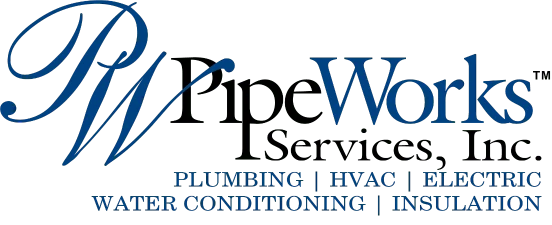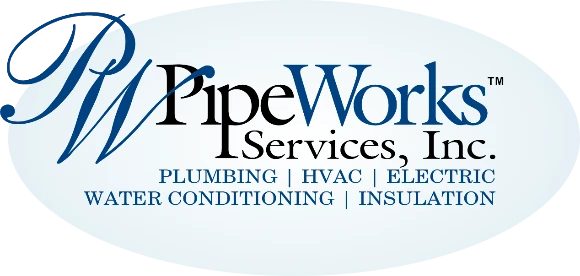Chlorine is a poison, and the safety of drinking it can be unsettling, the U.S. Environmental Protection Agency (EPA) has declared that chlorine in water is safe to drink in small amounts. Your body can build up a natural immunity over time that protects you from negative health effects. Most cities will opt for the risks of increased chlorine in their water over a dangerous disease like E. coli.
Measuring High Levels of Chlorine
Though it’s necessary and safe in small amounts, you should monitor chlorine levels in your drinking water to protect yourself, and Pipe Works Services offers a free water analysis to check your drinking water. The safe level is 4 parts per million with a wide margin for error.
Water treatment facilities are responsible for testing your water, but it may not be accurate. If you live in a densely populated area with low-quality drinking water, then testing it every day is key. If you live in a locale supplied with high-quality mountain spring water and fewer than 10,000 people, your water may be tested as seldom as once a month.
It’s all right to bathe and wash dishes in water with higher-than-normal levels of chlorine, but you shouldn’t drink it until the problem has been addressed.
EPA scientists and experts have answered these frequently asked questions about chloramines
The question-and-answer format takes a stepwise approach to communicating complex information. Each question is answered by three key responses written at an approximately 6th-grade reading level. In turn, each key response is supported by three more detailed pieces of information written at an approximately 12th-grade reading level.
EPA continues to research drinking water disinfectants. EPA expects to periodically evaluate and possibly update the chloramines questions and answers when new information becomes available.
More information about health effects and drinking water disinfection from EPA is available here.
Water System Implementation Resources
Call for a free water analysis at (973) 657-5771 info@pwsnj.com




